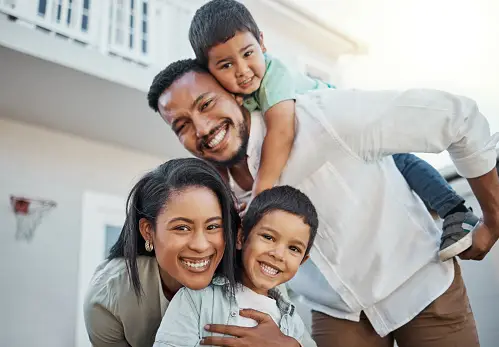How to Help Someone Who is a Victim of Domestic Violence

Behind the facades of everyday life, many individuals grapple with the harrowing experience of domestic violence. The question arises: How can we extend our hand to offer genuine, life-altering support?
The Complexity of Domestic Violence
Domestic violence isn’t just an act—it’s a grim tapestry of control, fear, and trauma.
Definition and Scope
Domestic violence isn’t restricted to physical harm. It extends to emotional, financial, and even sexual control, creating a web of entrapment for the victim.
Types of Domestic Violence
-
- Physical Violence: This is more than just bruises—it’s a spectrum ranging from slaps to life-threatening assaults.
- Emotional Violence: This includes verbal abuse, constant criticism, and emotional manipulation.
- Financial Violence: Taking control of financial assets, withholding money, or preventing a partner from working.
- Sexual Violence: Any non-consensual act, ranging from forced encounters to reproductive coercion.
The Pervasive Impact on Victims
Domestic violence affects every victim’s life, from self-esteem to interactions with the outer world.
Recognizing the Subtle Signs
Support begins with observance and understanding.
Physical Indications
-
- Marks, scratches, and unexplained injuries.
- A general sense of fatigue or seeming constantly unwell.
Emotional and Behavioral Cues
-
-
- Overwhelming anxiety, signs of depression, or sudden mood swings.
- A shift in personal demeanor, like appearing constantly on edge.
-
Changes in Social Interactions
-
- Avoiding social events, withdrawing from loved ones, or reluctance to discuss personal life.
Practical Steps to Offer Support
Approach with care, empathy, and patience.
Gaining Their Confidence
Building a rapport and gaining the victim’s trust is crucial, ensuring them of your genuine concern.
The Importance of Active Listening
Often, a victim needs an empathetic ear more than advice. Ensure they feel heard and validated.
Providing Relevant Resources and Information
Equip yourself with information about local shelters, helplines, and NGOs that cater to domestic violence victims.
Prioritizing Safety
Always act with the safety of the victim at the forefront.
The Essence of a Safety Plan
If required, discuss and devise a safety plan, including emergency contacts, safe locations, and an escape plan.
Encouraging Independence and Self-Empowerment
Motivate them to reclaim their independence through finding employment or learning a new skill.
The Vital Role of Self-Care and Recovery
Physical safety is the first step; emotional and psychological recovery follows.
- Rebuilding Self-Worth
Encourage activities that boost self-worth and confidence through hobbies or therapy. - Promoting Resilience
Resilience is the key to recovery. Please support them in establishing coping mechanisms.
Championing Professional Intervention
Sometimes, professional help is the linchpin to recovery.
- Psychological Support and Therapy
Encourage them to seek therapy or join support groups, ensuring long-term healing. - Legal Measures and Protections
Stay informed about the legal rights of domestic violence victims, from restraining orders to other legal recourses.
Conclusion
Your unwavering support can light up the darkest corners of someone’s life. By understanding, empathizing, and guiding a domestic violence victim, you’re not just offering help but hope.
FAQs
- How can I approach a suspected victim without causing harm?
- Approach gently, ensuring they’re in a safe environment to discuss their situation.
- Is domestic violence more common in certain demographics?
- Domestic violence transcends age, race, and socio-economic status. However, societal norms and lack of resources can make some groups more vulnerable.
- What if they don’t want to leave their abusive environment?
- It’s their decision. Respect it, but ensure they have the resources and knowledge to act when they’re ready.
- How can children in such environments be helped?
- Child protective services, counseling, and ensuring a safe environment are paramount for their safety and well-being.
- What first step should I take upon learning about someone’s abusive situation?
- Prioritize their safety. Encourage them to seek shelter, connect with helplines or local support groups.








One Comment